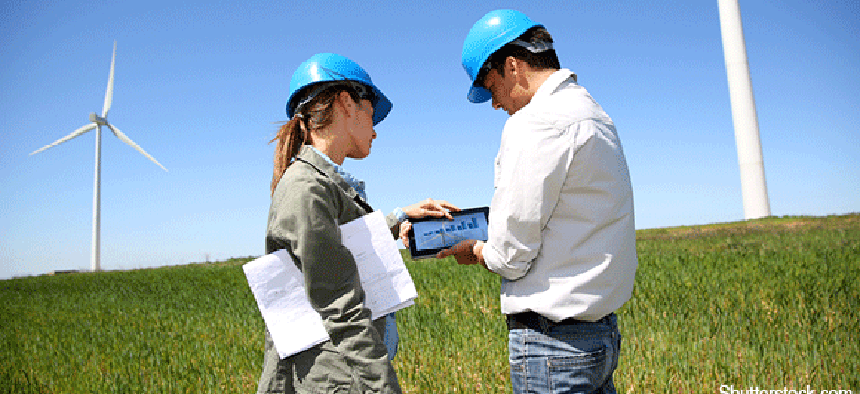Agencies mobilize for offline field employees


Connecting state and local government leaders
The Department of Agriculture developed a collection of mobile solutions for field employees who work in offline environments.
As government agencies make the shift toward mobile computing to improve communication and productivity, field employees without a Wi-Fi connection can find themselves at a disadvantage.
Without connectivity, tablets are little more than accessories, says Department of Agriculture CIO Jerome Davin, who is leading an effort to keep agency staffers engaged, wherever they are assigned.
“Bottom line, users of USDA applications need the ability to work anywhere whether they are connected or not,” he said in a recent blog post.
To keep its agencies productive across this digital divide, the USDA is working to develop mobile solutions that would enable workers to do their jobs even in offline environments.
USDA’s Natural Resources Conservation Service, for instance, is using its mobile capacities to improve its field time to office time ratio.
Before the computer era, employees spent about 80 percent of their working time in the field with customers, Davin said. But as the agency’s reliance on computer technology increased, USDA staff spent more time in the office than meeting with clients. In fact, about 80 percent of the service’s customers are forced to travel to the USDA offices.
The service is now working to reverse this trend with the development of mobile apps that enable the employees to meet their customers where they are.
The National Agricultural Statistics Service, which conducts field surveys and interviews farmers around the country in person to collect data, now uses agency-issued iPads to enter data in the field. Rather than using paper forms, the interviewers can use the tablets to securely store the data and transmit it once it becomes in range of a wireless network.
Similarly, USDA’s “Fire Size-Up” application uses crowdsourcing software to enable firefighters to collect and share data. The app uses the mobile device’s camera and GPS to record the location, size and magnitude of wild fires and pass that intelligence to other firefighters. But the app also has a feature that lets firefighters submit data remotely and transmit once they are in range of a wireless network.
In Texas, researchers from the U.S. Geological Survey, the Texas Water Science Center and the Mojave Desert Ecosystem Project built a dual-option solution for remote uploads. Field officers at the Fish and Wildlife Service use the "Fish Passage Mobile" smartphone application to document the location of fish passage barriers. The app helps determine which structures (such as dams or culverts) are potential barriers to fish passage within a river basin, what fish species could be affected and how many river miles of fish habitat are being confined.
The app uses global positioning system-enabled smartphone capabilities in concert with HTML5 to collect latitude and longitude, and other attribute data such as the type of barrier, condition of barrier, stream name and road crossing for each site.
In addition to the attribute data, the user can capture images of the barrier. Both the images and data acquired in the field are then submitted to database as a single data package.
Users who are in remote locations with no cell phone coverage use the Abobe Reader App to fill in a PDF on their mobile devices. When the form is submitted, the app opens and sends from the default email program when the user returns to a network coverage area.
NEXT STORY: What data architects can learn from food labels




